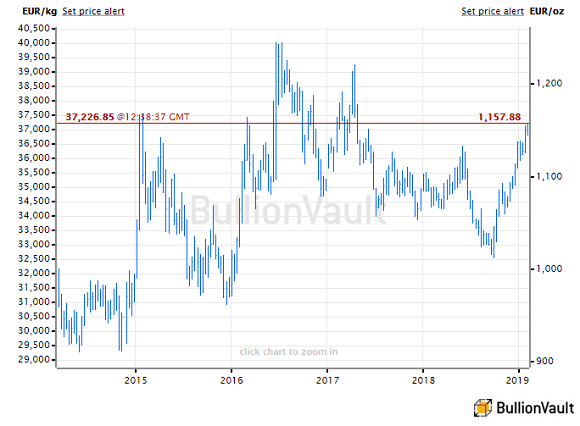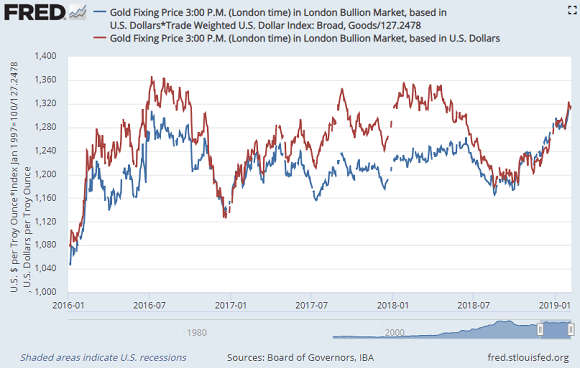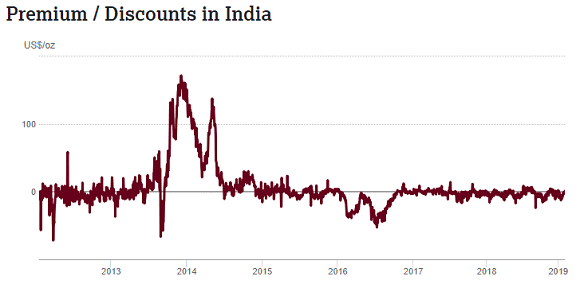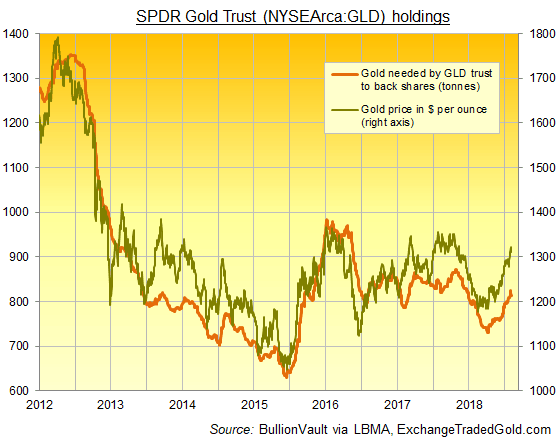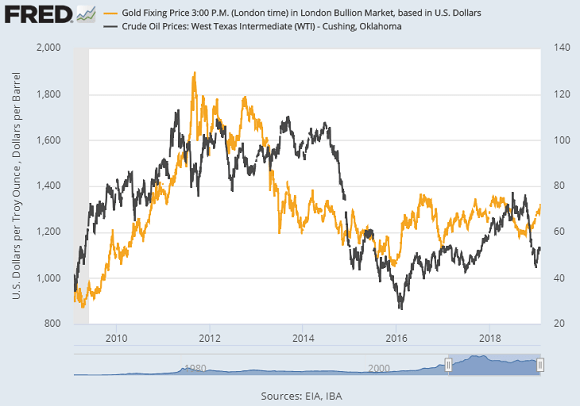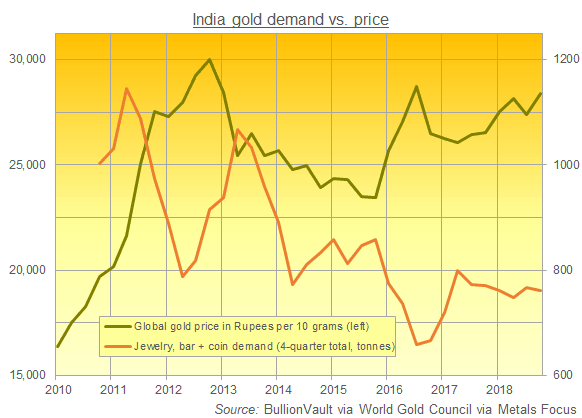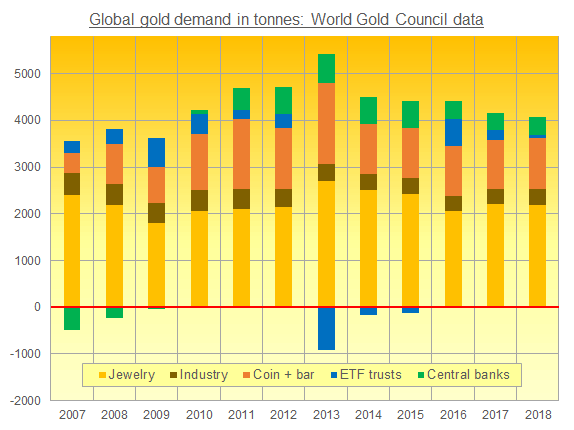
Gold Falls 3rd Day, Bullion Offers 'Cheap Insurance' as S&P Jumps 9% for Oct. Despite Profit Warnings
GOLD BULLION fell for a third day running in London trade Friday, sliding to dip below $1140 per ounce for the first time in 3 weeks as the Dollar fell after weak US income, spending and inflation data.
Silver also slipped again, dropping 5% from Wednesday’s sudden 4-month highs to trade at $15.51 per ounce of wholesale bullion.
The Chinese Yuan had earlier made its sharpest 1-day rise versus the Dollar since onshore trading began in 2005, with the Financial Times pointing to expectations it will be approved for the IMF’s basket of reserve currencies in November.
Shanghai gold prices held firm, however, with premiums above benchmark London quotes ending the week at $1.50 per ounce.
US Treasury bond prices meantime recovered the week’s earlier loss, and New York’s S&P500 index of US equities held on track to end October 9% higher, its best monthly gain in four years according to MarketWatch.
October however brought profits warnings across US industry, including from publishing-software business Adobe (Nasdaq:ADBE), retail giant Wal-Mart (NYSE:WMT), and heavy construction-equipment manufacturer Caterpillar Inc.(NYSE:CAT).
“Buying in most of the [Asian] region is picking up,” a gold dealer in Singapore told Reuters earlier. “Not a lot, but we are seeing small quantities moving.”
For traders and investors, “The short-term outlook for gold is somewhat negative,” reckons a note from US brokerage INTL FCStone, “as the [precious metals] complex faces headwinds of a rising Dollar, a more ‘antagonistic’ Fed, a surging US equity complex, and deteriorating chart patterns.”
Having broken above its 2015 downtrend in October, gold prices turned south on Wednesday from just above $1180 per ounce – the previous “crash” low from 2013, when gold sank 25% inside 3 months.

“Negative sentiment has been building since Wednesday’s FOMC meeting,” agrees Swiss refinig and finance group MKS’s Asian trading desk, “with participants increasing their expectations for a December rate hike.”
But looking at the broader financial outlook, “We have been keen observers of the growing market distortions created by global monetary policy,” says Gareth Lewis, chief investment officer at £1 billion manager TilneyBestinvest ($1.5bn), telling What Investment why he’s added gold to the group’s multi-asset funds.
“Gold has a low correlation with other risk assets and serves as a form of insurance. With low and even negative real interest rates, the opportunity cost of us providing this protection is low.”
Friday’s 3pm benchmark gold price auction in London attracted the strongest demand for any afternoon session this week at an opening quote of $1140.60, before finding a clearing price at $1142.35 per ounce – some 2.5% above September’s last gold bullion benchmarking.
Meantime in India – the world’s largest gold consumer nation again in Q3 by overtaking China, according to specialist analysts GFMS – the government today announced a 2.75% interest rate on its forthcoming ‘gold bond’ promotion to investors, aimed at reducing the country’s heavy imports bill by directing bullion demand into banking products instead.
Any gains paid to reflect a rise in gold prices, however, will be subject to capital-gains tax, potentially denting uptake of the new products, says The Financial Express.
Mid-way through the current tax year, the government has already used 68% of its planned deficit between receipts and expenses, the Economic Times reports.
Disclaimer
This publication is for education purposes only and should not be considered either general of personal advice. It does not consider any particular person’s investment objectives, financial situation or needs. Accordingly, no recommendation (expressed or implied) or other information contained in this report should be acted upon without the appropriateness of that information having regard to those factors. You should assess whether or not the information contained herein is appropriate to your individual financial circumstances and goals before making an investment decision, or seek the help the of a licensed financial adviser. Performance is historical, performance may vary, past performance is not necessarily indicative of future performance. This report was produced in conjunction with ABC Bullion NSW.

